Electrolytic Conduction:
The substances which allow an electric current to pass through them are called Conductors whereas which do not allow an electric current to flow through them are known as Non-Conductors or Insulators.
Conductors are of two kinds-
- Metallic Conductors- These are metallic substances that allow an electric current to pass through them without undergoing any chemical change. Example- Cu, Ag, Al etc.
- Electrolytes or Electrolytic Conductors- These are the substances that allow the passage of electricity through their molten state or through their aqueous solution and also undergo chemical decomposition at the same time. Example- Acids (HCl, H2SO4 etc.), bases (NaOH, KOH etc.) and salts (NaCl, KCl etc.).
The flow of electric current through the molten electrolytes or through their aqueous solution is known as electrolytic conduction. The conduction through electrolytes is due to the movement of ions and it involves transfer of matter as ions. It depends on the mobility of ions and anything which inhibits this motion will resist the flow of current. The main factors that influence electrolytic conduction are as follows-
- Interionic attractions (Solute-Solvent interactions).
- Solvation of ions (Solute-Solvent Interactions).
- Viscosity of the solvent (Solvent-Solvent Interactions).
The effect of above factors decreases and kinetic energy of the ions increases as the temperature of the electrolytic solution is increased and hence, electrolytic conduction increase with the increase of temperature.
In other words, the factors on which the electrolytic conduction depends are as follows-
- Nature of the electrolyte- The electrolytic conduction of strong electrolytes is more than that of weak electrolytes because of their almost complete ionisation in solution.
- Nature of the Solvent- The ionisation of electrolytes is more in polar solvents and so greater is the polarity of the solvent, greater is the electrolytic conduction and vice versa.
- Concentration of the solution- Higher the concentration of the solution, the less is the conduction and vice versa.
- Temperature- On increasing temperature, the dissociation increases and hence the conduction increases.
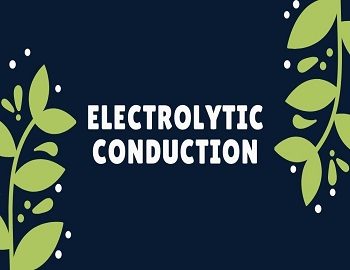
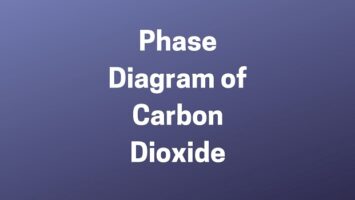


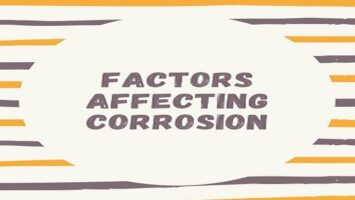
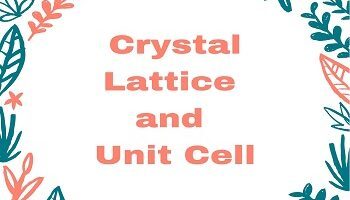
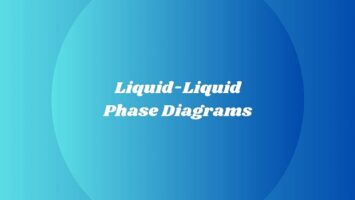
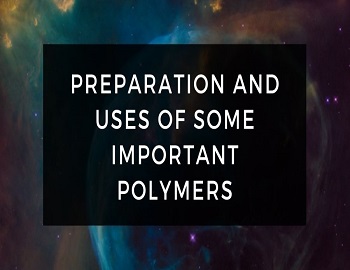
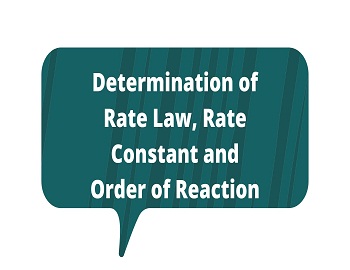
Comments (No)